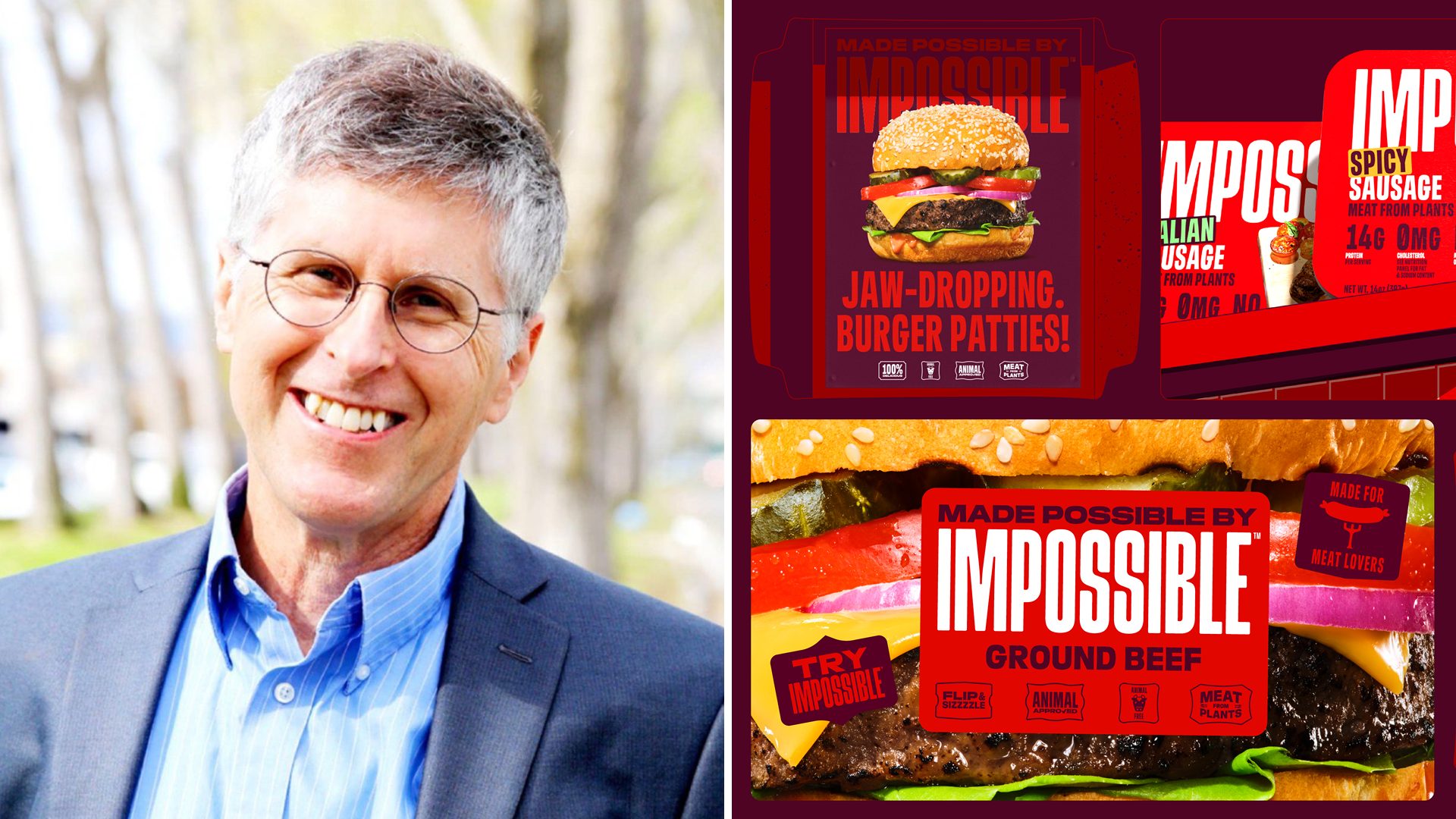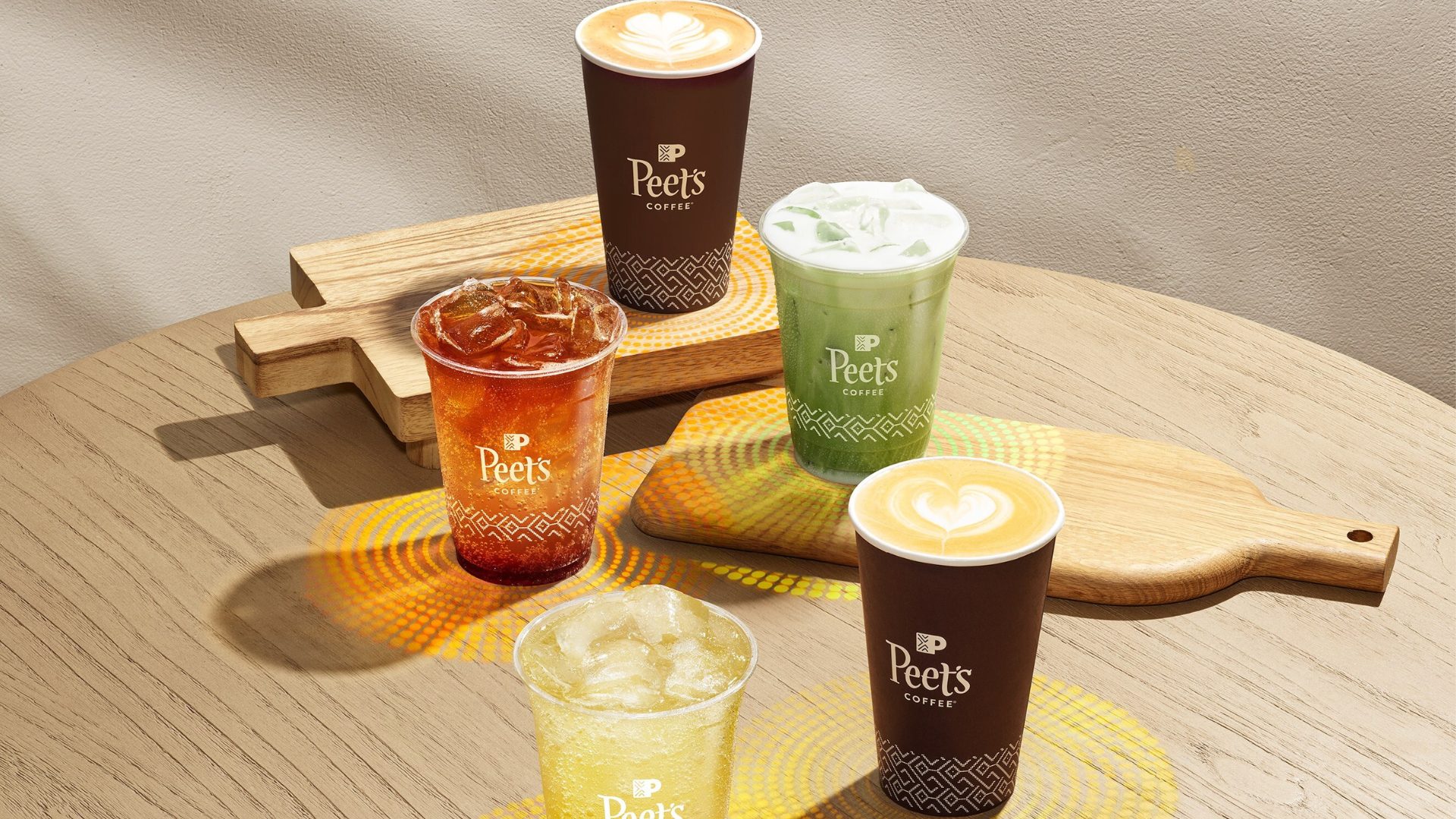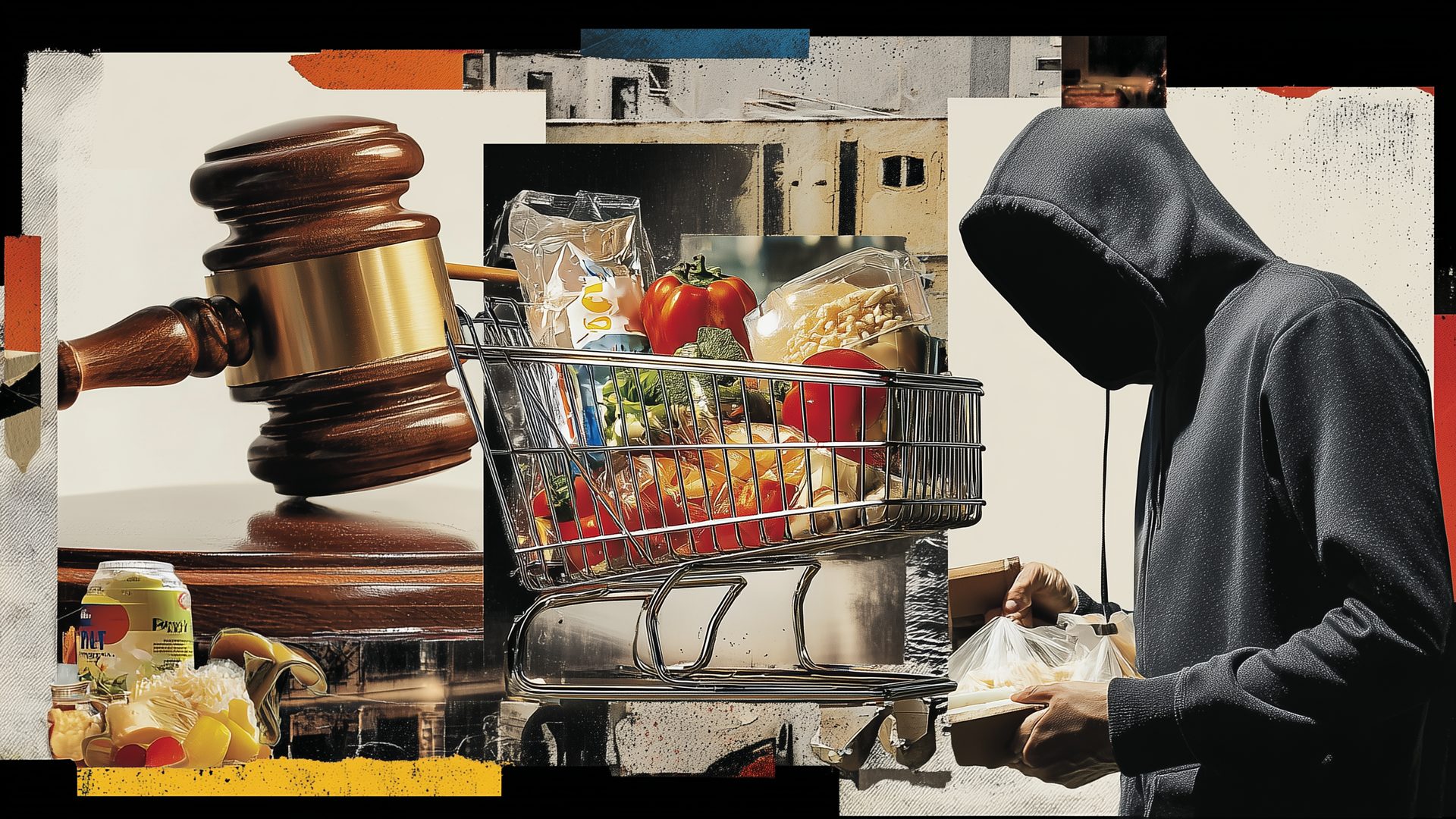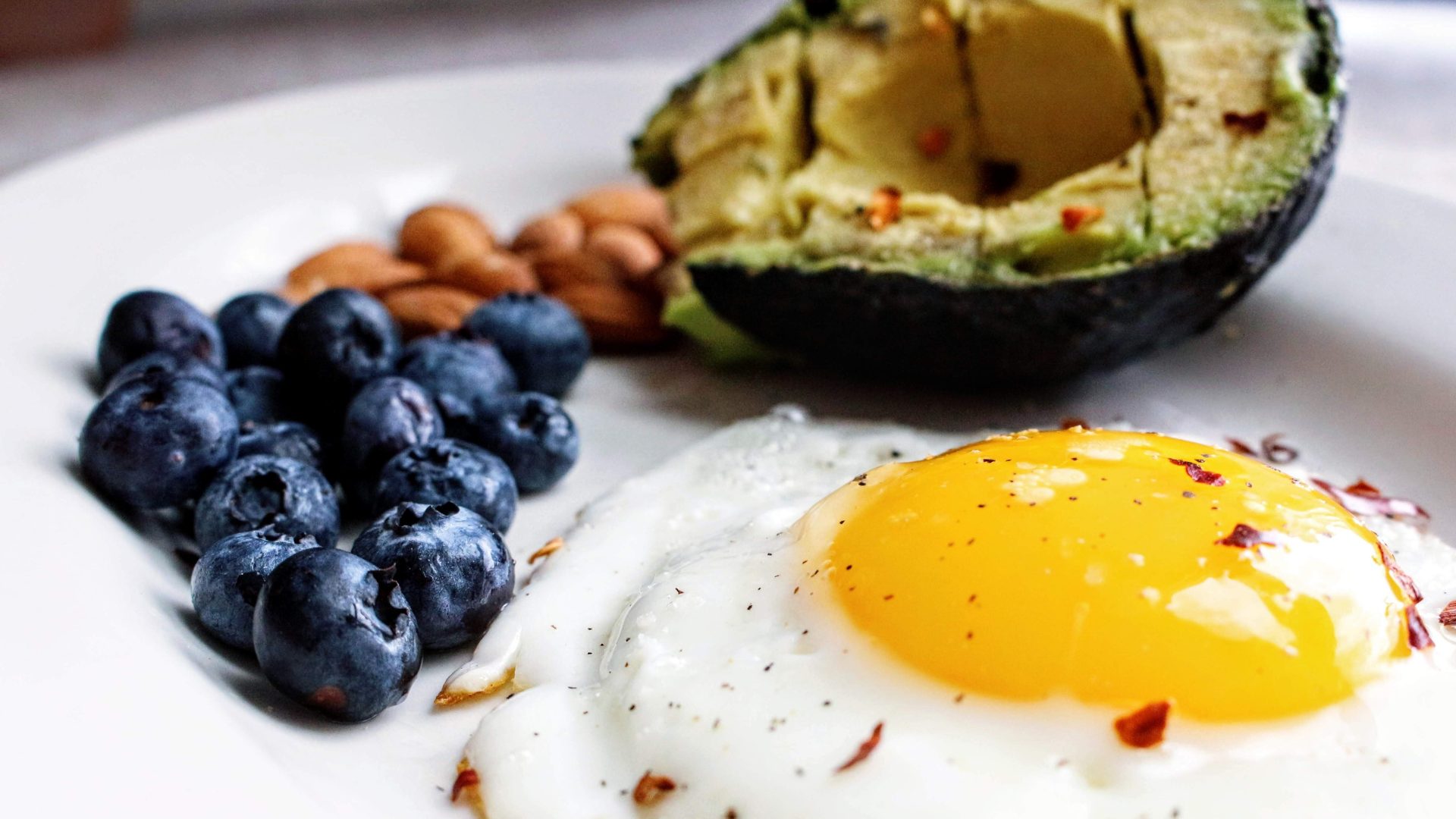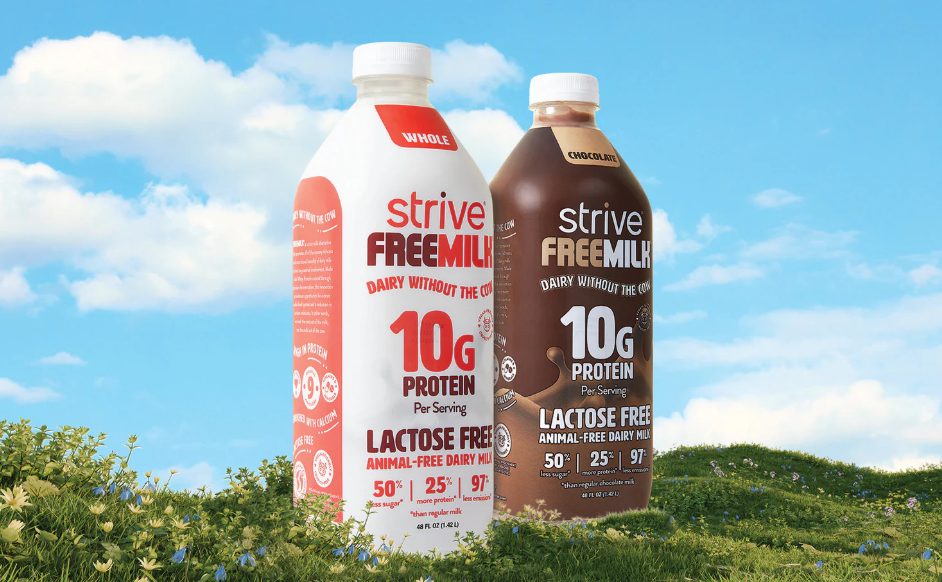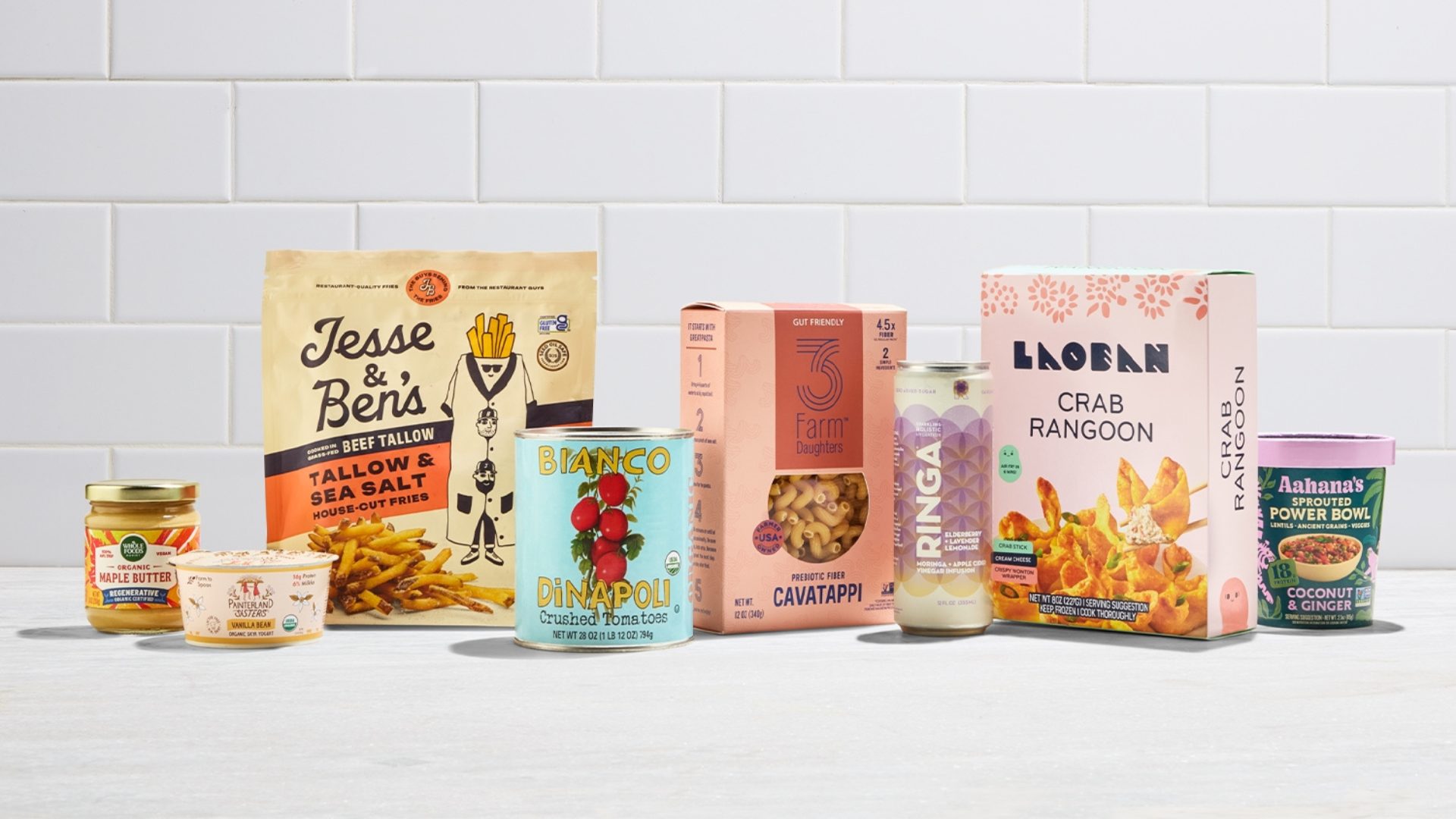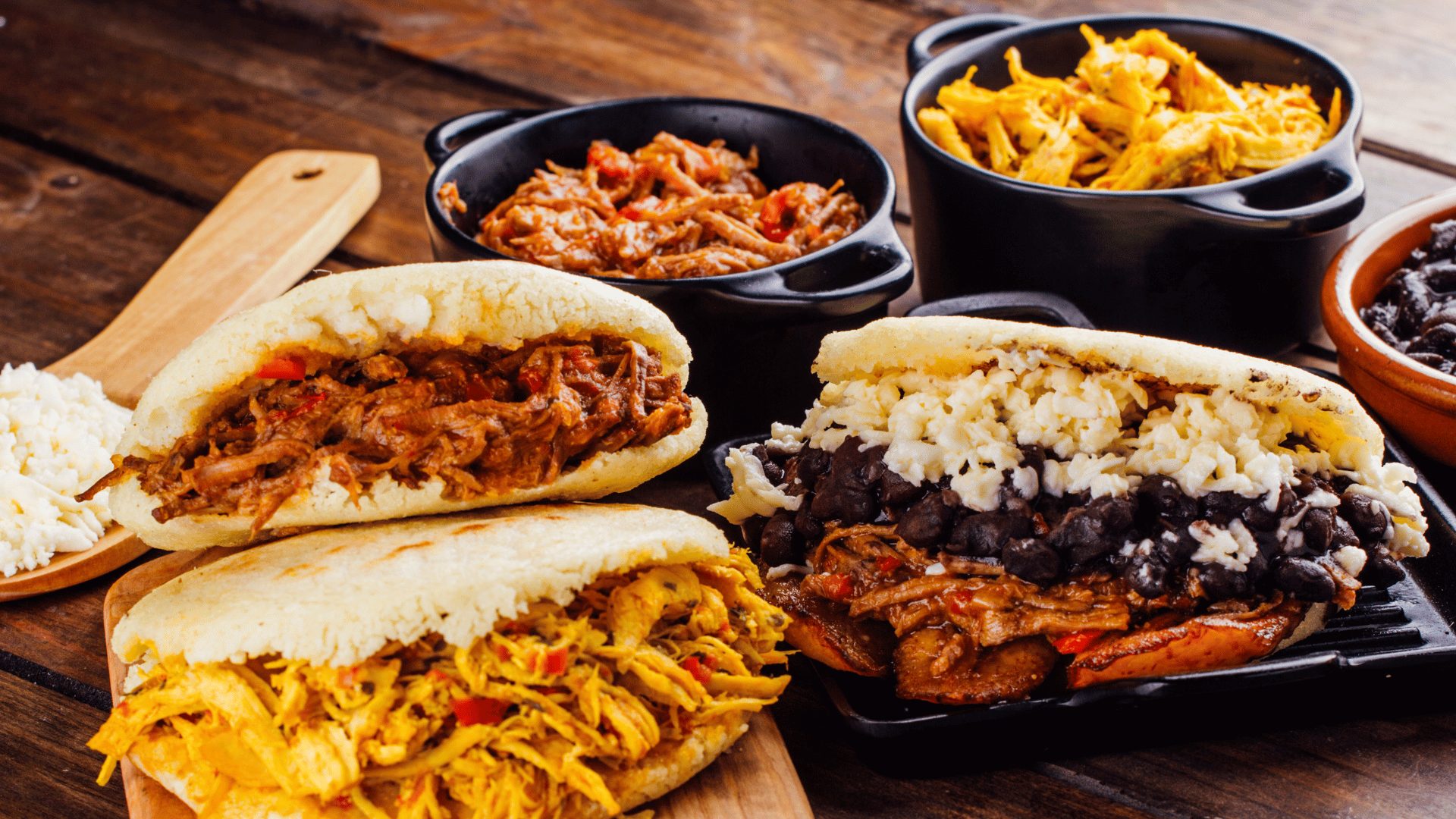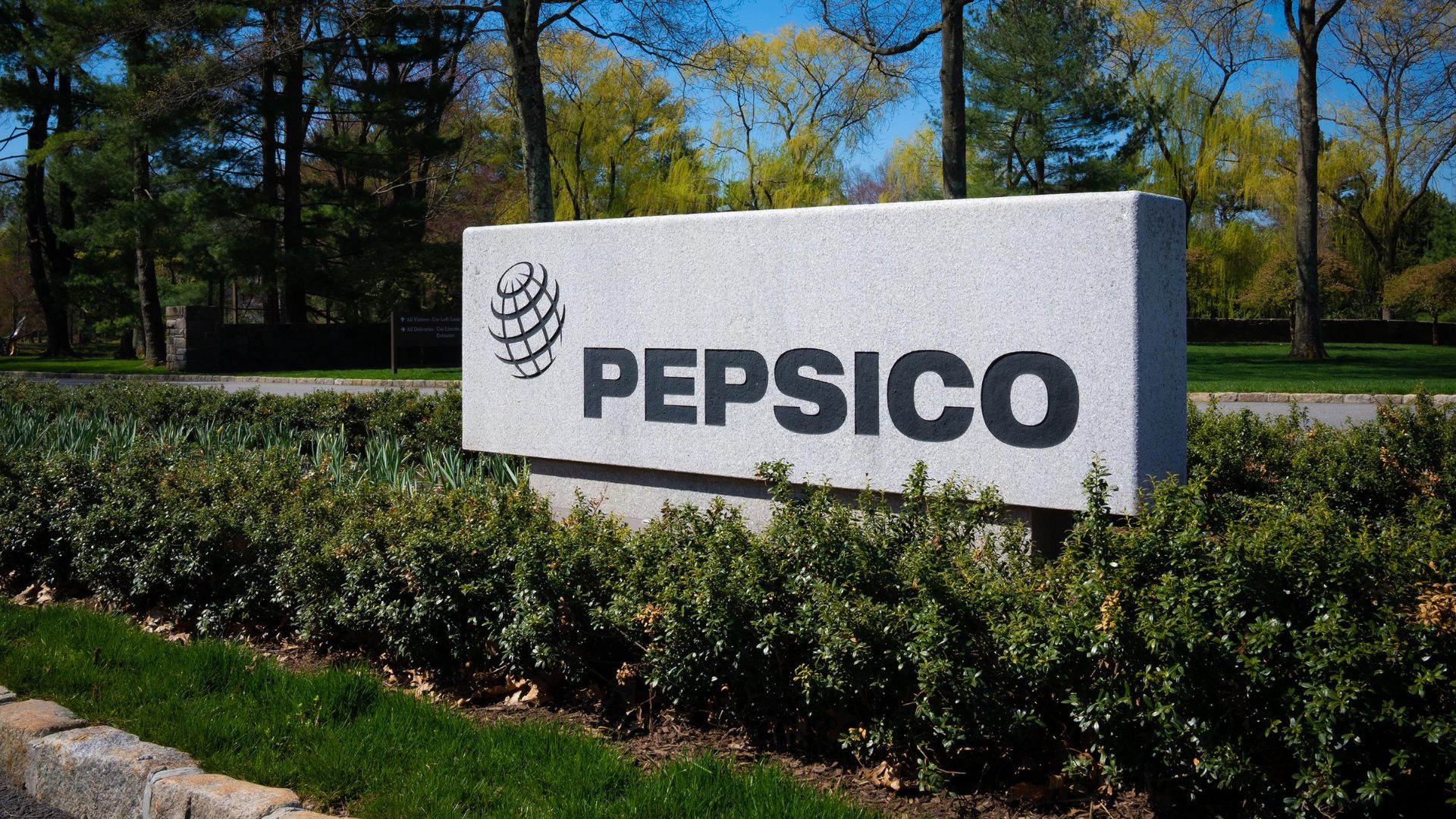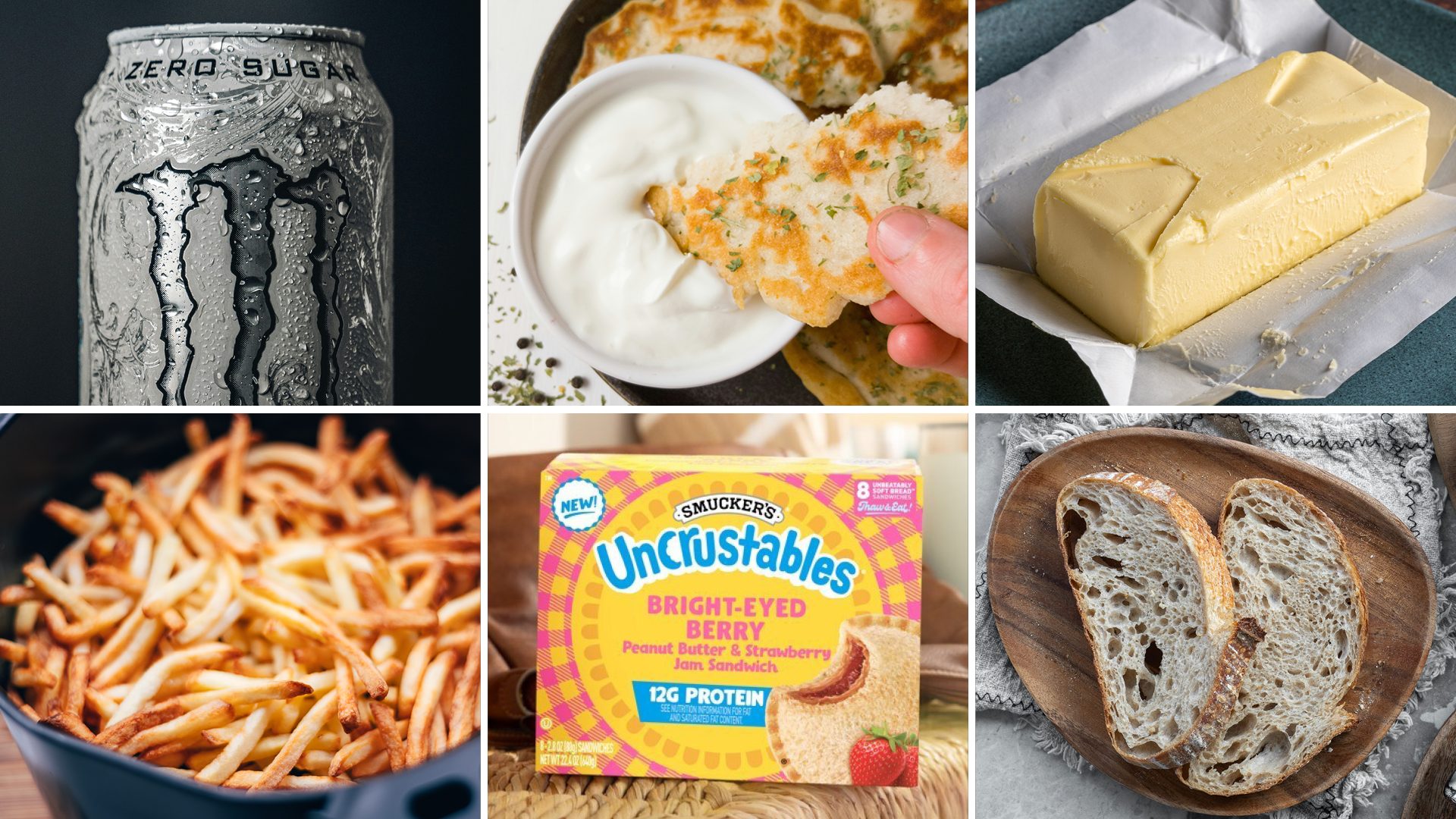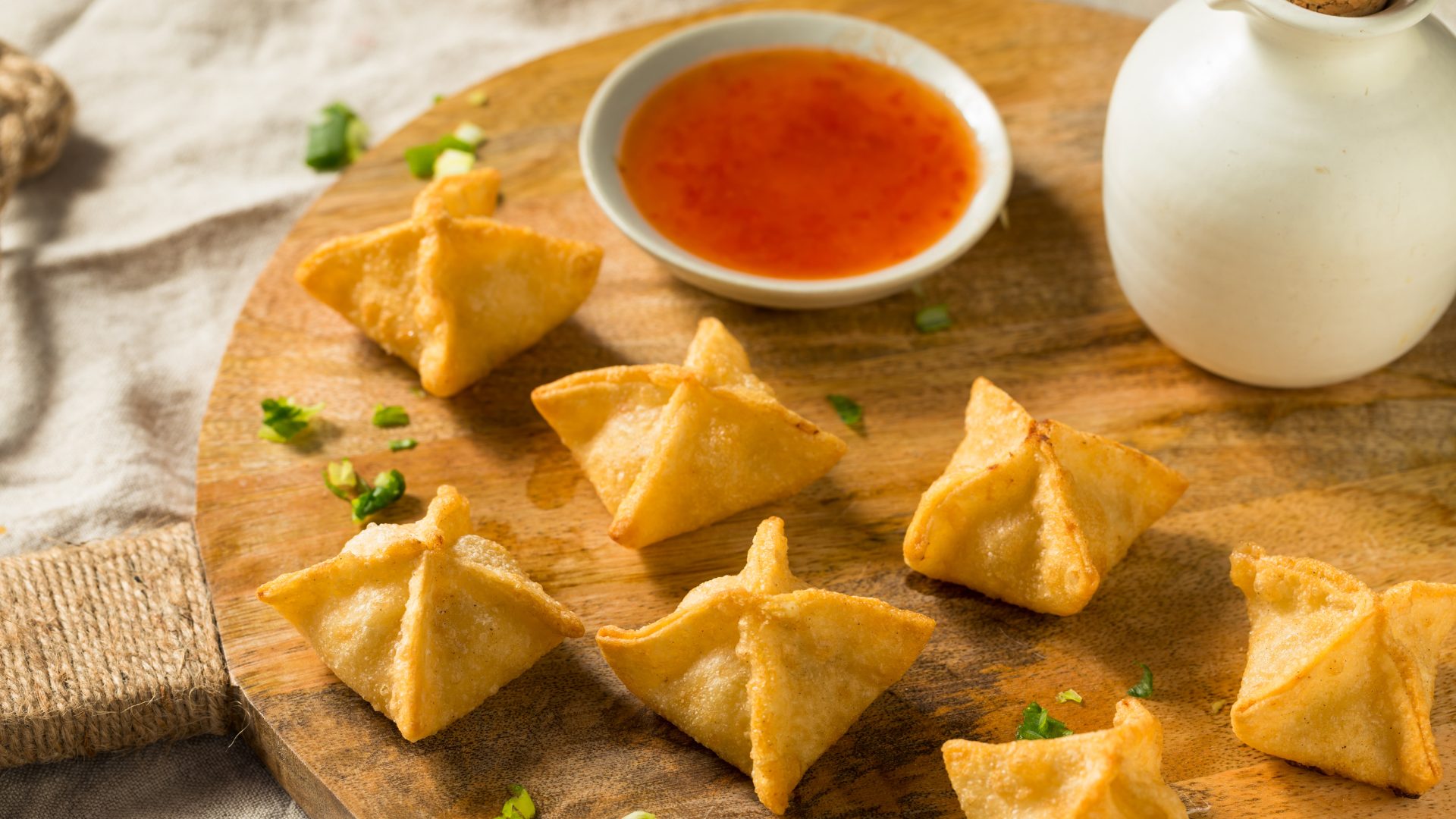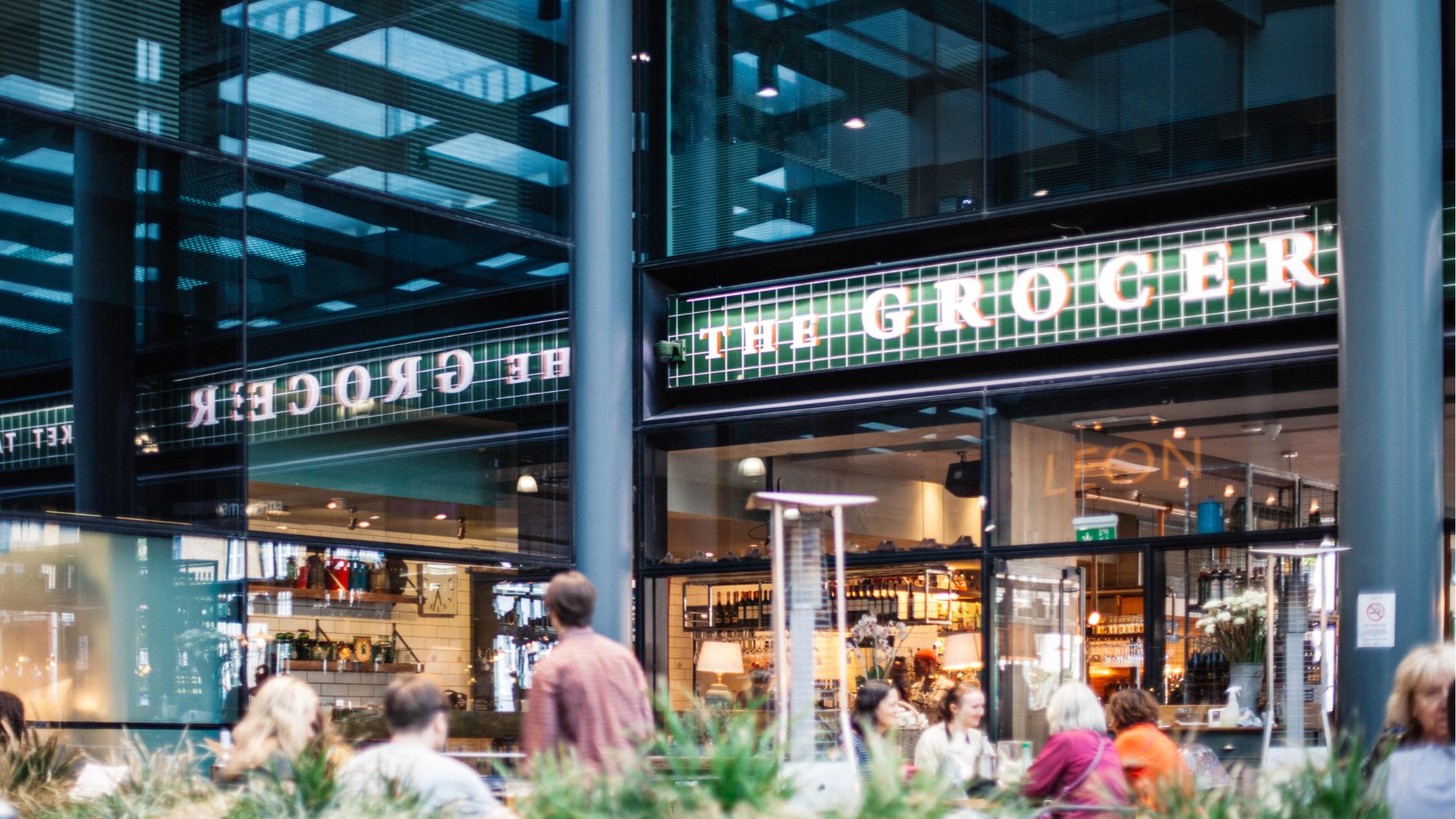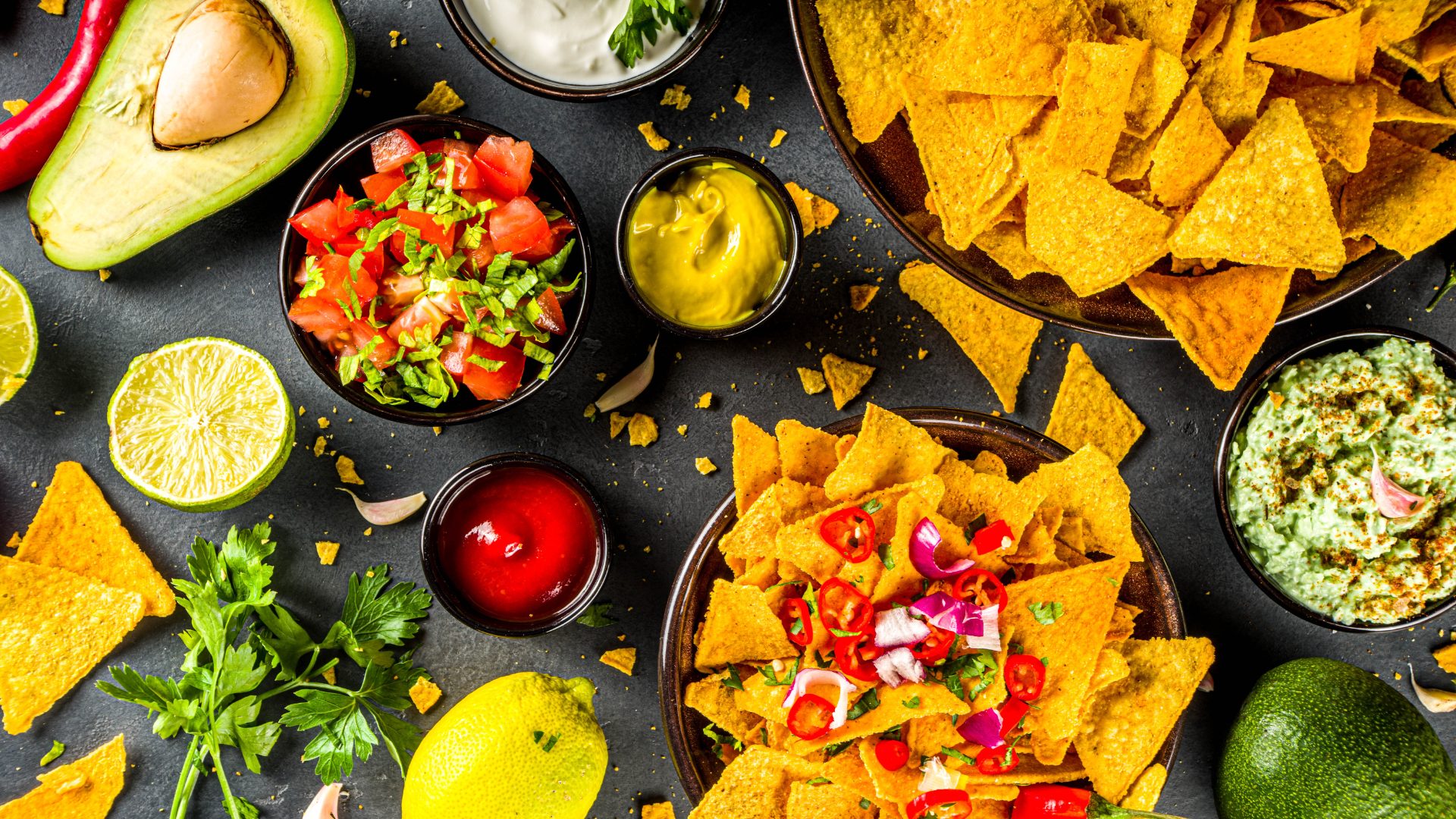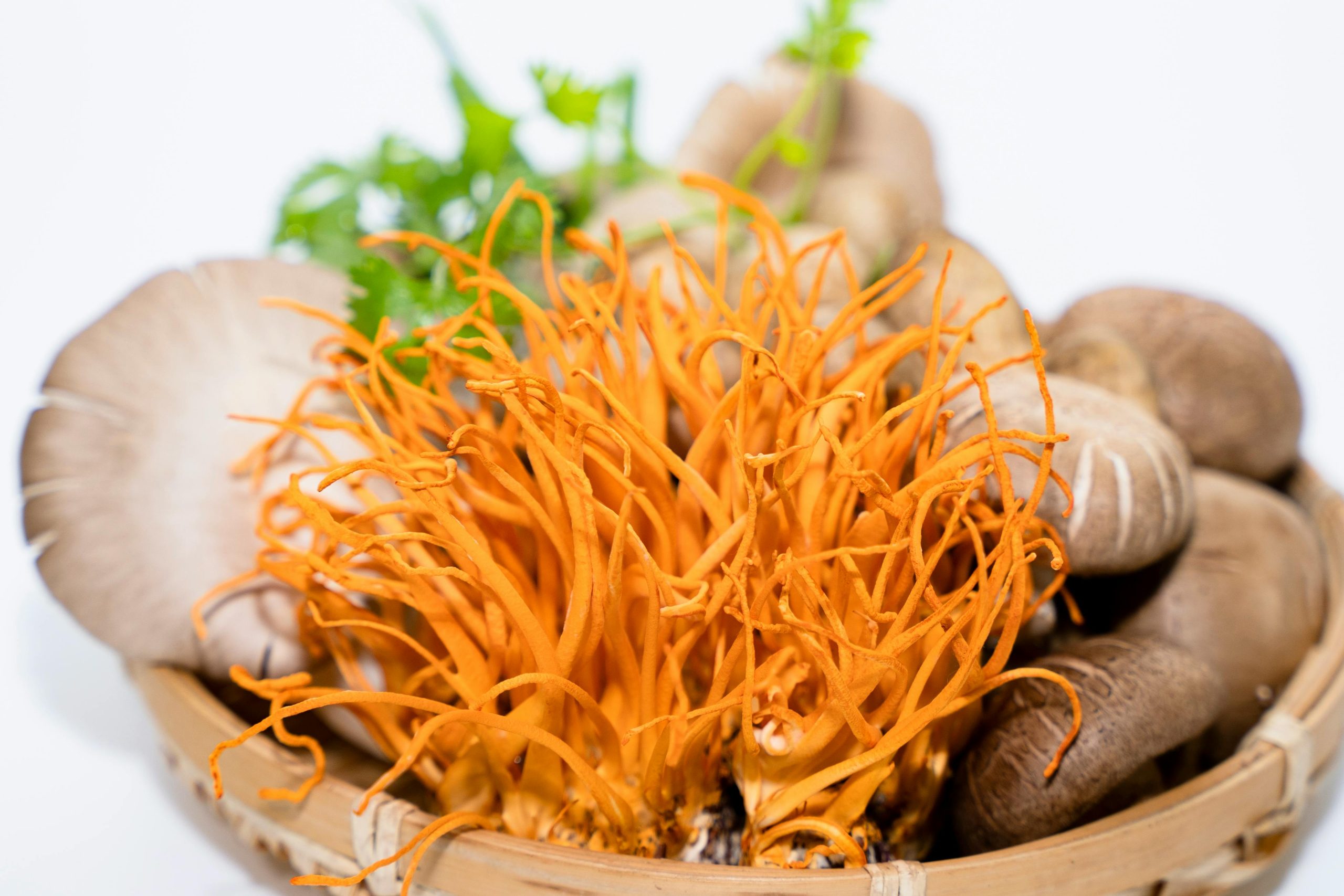
President Trump Eyes Argentine Beef to Solve Domestic Crisis
Beef prices are sizzling at $6.30/lb, and President Donald Trump’s fix – importing Argentine cattle – is sparking bipartisan backlash. Industry leaders warn the move may fuel geopolitical tensions without lowering consumer costs.
AI: The Fastest-Growing Ingredient in Food
AI is transforming food industry operations, marketing, and media fast and affordably. Brands that reinvest AI-driven savings into quality, transparency, and innovation will lead the next wave of consumer trust and growth.
Impossible Foods Founder Insists Plant-Based Meat Isn’t Dead; Here’s Why
Despite investor jitters and industry shakeouts, Impossible Foods founder Patrick Brown recently told FI he remains bullish on alt-meat’s future. With tech advancements and health-driven messaging, plant-based protein may yet win over skeptical consumers.
Gen X: The New MVP of Food Industry Spending
Gen Xers may represent the “forgotten generation,” but their loyalty, functionality-first mindset, and $39 trillion inheritance make them a retail force. Ignore their evolving wellness habits and omnichannel expectations at your brand’s peril.
3 Sustainability Ideas That Could be Widely Impactful
Green hydrogen, carbon removal, and circular design are reshaping sustainability – but not without hurdles. Experts urge food industry leaders to embrace regenerative models and rethink profitability through the lens of strong sustainability.
NACS Show Observations: Protein, Caffeine Everywhere
At the 2025 NACS Show, protein-packed innovation and caffeine reinvention stole the spotlight, catering to health-conscious and novelty-seeking consumers alike. More than anything, convenience retail is getting a functional facelift.
AWS Outages Continue, Affecting Web-Based Service
A major Amazon Web Services outage on Monday disrupted thousands of sites, including foodservice platforms, underscoring the industry’s digital dependence. Experts warn the cost could reach billions, as DNS errors rippled through operations and productivity worldwide.
Top 5 National Coffee Chains, Ranked by Craveability
Peet’s tops craveability rankings as consumers seek quality, innovation, and value in a $58.5 billion café market. From cardamom lattes to celebrity collabs, chains are brewing bold strategies to win loyalty amid rising prices.
Junior Size Me: 44% of U.S. Adults Now Order Kids Meals
Nearly half of U.S. adults now order kids’ meals, driven by inflation, smaller appetites, and a craving for comfort. Restaurants are responding with nostalgic offerings, downsized portions, and delivery deals to match.
Unprecedented Food Fraud Uncovered in Relabeling Probe
Organized crime members are infiltrating waste disposal sites to relabel expired food, reintroducing it into the supply chain at unprecedented scale. Europol’s recent $110M bust exposes a growing threat to safety, traceability, and brand integrity.
2026 Innovative Trends: Clean Label
4 Key Takeaways From Transform Food & Agriculture USA
At this week’s Transform Food and Agriculture USA event, industry leaders tackled inflation, AI, and the protein boom with cautious optimism. From pineapple byproducts to predictive tech, the future of food appears to be leaner and considerably more sustainable.
Candy-flation Is No Match for Halloween Cravings
Despite soaring cocoa prices and shifting consumer budgets, Halloween candy sales are anything but scary. Non-chocolate confections and TikTok-fueled innovations are keeping the sweet season alive, even as chocolate feels the squeeze.
Poultry Industry Outlook: Rising Demand Challenged by Disease, Inflation
Wayne-Sanderson Farms CFO T.J. Wolfe discusses inflation, disease, and the tech transforming the poultry industry.
Precision Fermentation Redefines Animal-Free Dairy Production
Precision fermentation is transforming dairy, creating lactose-free milk made without cows. Strive Nutrition’s FREEMILK uses real dairy proteins – identical to those in cow’s milk but produced sustainably through fermentation – to offer the taste and nutrition of milk with fewer emissions and less sugar.
Upgraded Convenience, Thoughtfully Sweet Among 5 Whole Foods Trends for 2026
The Whole Foods Trend Council has been busy this year understanding the forces driving consumer behavior. They found that minimally processed foods that simplify the grocery experience while packing a punch will reach new heights in 2026.
Survey Reveals Restaurants Focused on AI, Employee Retention
In 2025, restaurants are battling inflation and labor woes with smarter tech and sharper marketing. Toast’s latest survey shows operators leaning into AI, efficiency, and guest experience to protect profitability.
Move Over Dirty Soda, Heavy Soda Goes Viral
Heavy soda — an ultra-sweet, syrup-heavy twist on fountain drinks — is gaining viral traction and nostalgic appeal. With minimal operational lift, it offers high-margin potential and Gen Z buzz for savvy beverage retailers.
LATAM Influence: Future Considerations
From SKUs to Ecosystems: The Future of Food Innovation
AI is fast becoming shoppers’ trusted assistant, especially in grocery. As a result, brands must now master AI algorithms, build trust, and optimize for voice-driven, chatbot-powered discovery.
A $4B Investment Aims for an Uncertain Turnaround at PepsiCo
Elliott Management just invested $4 billion in PepsiCo, betting it can fix what fizzled. The activist investor envisions a turnaround – assuming legacy brands can still thrive in a GLP-1 world.
Tom Holland, Robert Downey Jr. Unite on Booze-less Buzz
Tom Holland and Robert Downey Jr. have fused star power with beverage innovation, launching coffee-beer crossovers that tap into Gen Z’s desire for a booze-less buzz. Their authentic friendship fuels a savvy play in functional, premium CPG.
For Tyson, Investors Worry About More Than Just the Industry
Tyson’s beef woes mask solid gains in chicken and prepared foods, and investors remain skeptical. With leadership shakeups and earnings volatility, the market’s appetite for Tyson stock is far from ravenous.
Floral Flavors Blossom on Drink, Dessert Menus
Floral flavors like rose and lavender are in full bloom, emerging in everything from pancakes and baked goods to lattes and lemonades. According to Rubix Foods’ NEXT Flavor Report, 67% of Gen Z diners want to see more floral notes on menus and shelves.
6 Food Trends to Watch in 2026
From sourdough to zero-sugar energy drinks, 2026’s expected food trends blend indulgence with wellness. Flatbreads, protein-packed snacks, and air-fried favorites signal a shift toward gut-friendly, cost-conscious innovation.
CEO’s ‘Divine Timing’ Sparks Chi-Chi’s Tex-Mex Renaissance
The Chi-Chi’s restaurant chain is back, revived by the founder’s son with scratch-made Tex-Mex and a nostalgia-fueled equity campaign. With sold-out reservations and $2.3M raised, expansion plans are already in motion.
Government Shutdown: How the Food Industry Could Feel the Heat
A prolonged government shutdown could jam inspections, stall product launches, and choke supply chains, just as harvest season hits. For F&B leaders, strategic planning and regulatory clarity may be the next casualties.
The Cult of Crab Rangoon: Consumers Crave Nostalgia, ‘Play’
Crab Rangoon is riding a wave of nostalgic virality, evolving from comfort food to cultural icon. Its playful reinventions and mass appeal offer operators a low-barrier entry into high-impact, trend-driven dining.
Independent Grocers See Hope Amid the Headwinds
Despite fierce competition and inflationary headwinds, regional grocers like Village and Weis are quietly holding their ground. Tight-lipped but resilient, they may be poised for a tech-fueled rebound if they can endure a bit longer.
Why AI Is the New Grocery Gatekeeper
AI is fast becoming shoppers’ trusted assistant, especially in grocery. As a result, brands must now master AI algorithms, build trust, and optimize for voice-driven, chatbot-powered discovery.
LATAM Influence: Unpacking CPG Impact
Constellation Brands Faces Sobering Reality Amid Alcohol’s Downturn
Constellation Brands blames weak beer sales on tariffs and shifting Hispanic demographics, but Wall Street sees deeper cracks. With alcohol consumption trending down, investors aren’t buying the company’s optimism.
Gen Z Magnetism Report: Authenticity Often Beats Advertising
Gen Z’s brand loyalty hinges on authentic user-generated content, not legacy clout. Food giants like Oreo and McDonald’s are losing steam – while Disney thrives by treating fans like community, not consumers.
Morning Diners Losing Patience with Restaurants
IHOP tops the list of slowest chains, exposing breakfast service bottlenecks that frustrate time-sensitive morning diners. Experts say understaffed models and flawed labor assumptions are costing chains millions in lost loyalty.
A Bundle of Fungi: Demand for Functional Mushrooms Surges
The U.S. mushroom supplement market hit $1.1 billion in 2023, growing at double-digit rates as functional foods move from niche to mainstream. Lion’s mane, reishi, and cordyceps mushrooms are now showing up in products ranging from chocolate to coffee.




